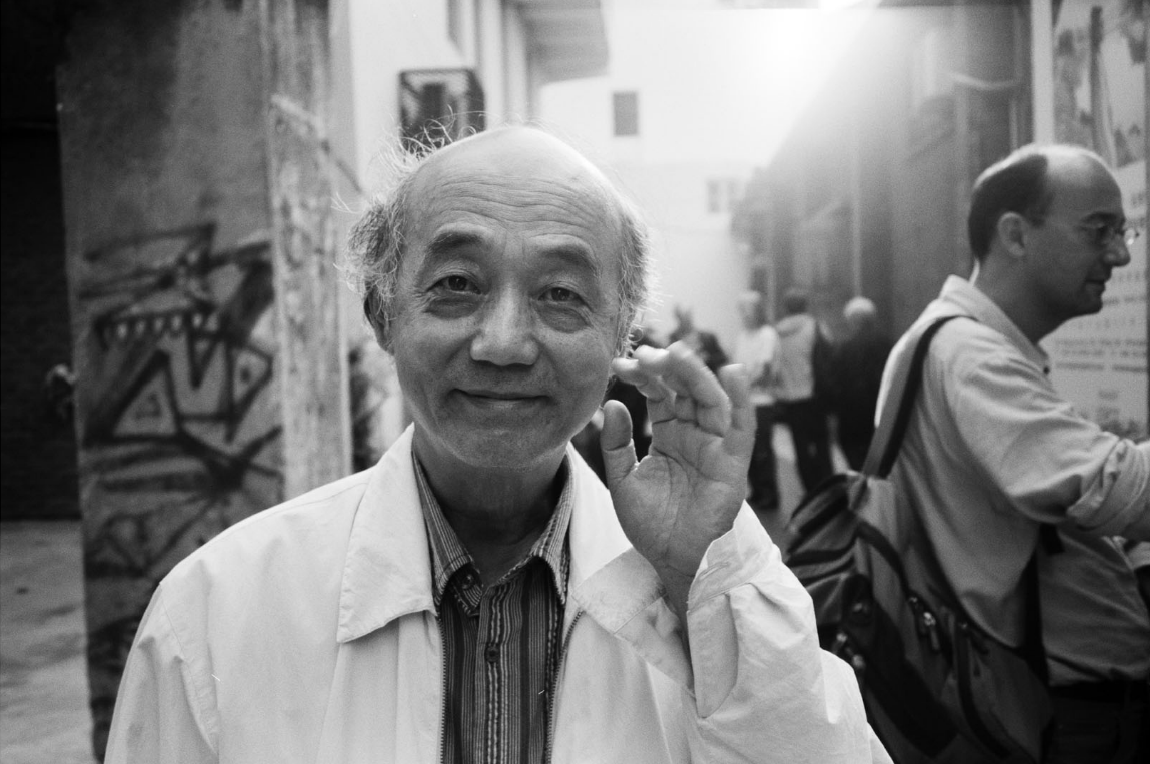News
Yu Youhan, 1943–2023


On the evening of December 13, ShangART Gallery announced via Instagram that Yu Youhan, the Chinese abstractionist-turned-pop artist, passed away at age 80. Known for blending Western art movements with Chinese philosophy and iconography, Yu was a pioneering painter in China’s burgeoning contemporary art scene.
Born in Japanese-occupied Shanghai in 1943, Yu lived through many of China’s historical transformations, from the Mao era and Cultural Revolution to the nation’s eventual liberalization. After graduating from the ceramics department of Beijing’s Central Academy of Art and Design (schools had yet to accept painting students) in 1973, Yu returned to his home city and took up teaching at the newly reopened Shanghai Arts and Crafts College. He would remain there for three decades, developing a distinct art style that would have a profound influence on his students, including conceptual artist Chen Zhen, abstract artists Ding Yi, Feng Lianghong, and Qin Yifeng, as well as pop artists Wang Ziwei and Ji Wenyu.
In 1985, the artist organized “Modern Painting – Six Person Group Exhibition,” featuring his own work alongside five of his students. Inaugurating his abstract experimentation, Yu also participated in the highly influential “China/Avant-Garde Art Exhibition” in 1989 at Beijing’s National Art Museum of China, where he presented his renowned Circle series (1980–89). The works, filled with Taoist-diagram-like dots and lines, create ebbs and flows within a circle, alluding to cosmic matter and deeply ingrained Chinese beliefs. Embodying the spirit of Laozi’s philosophy, Yu wrote in an unpublished text in 1985 that the circle “can express both the beginning and the end of everything, and thus can also serve as a metaphor for both the fleeting moment and eternity.” Such integration of philosophy and abstraction cemented Yu as one of the leading figures in the ’85 New Wave art movement, known for ushering in an era of Chinese avant-garde practices.
After dedicating eight years to the abstract movement in China, Yu moved on to exploring political pop art. In an interview at his home in 2009, the artist divulged how he was inspired by a book containing the works of prolific artists such as Andy Warhol, as well as by witnessing Wang Ziwei’s simple acrylic painting of Mao Zhedong. Yu’s exploration of pop art led to his Mao Zhedong series in the late 1980s, paintings involving the titular political figure that became some of his most iconic works to date. One of his early acrylic paintings, Mao Image in Rose (1992), depicts the Communist Party leader with flowers painted into his hair, face, and clothes. Yu chose to paint the controversial figure so as to complicate Mao’s deity status, humanizing him as equal to the Chinese masses.
Yu was among the earliest Chinese contemporary artists invited to the 45th Venice Biennale and the first Asia Pacific Triennial of Contemporary Art, both held in 1993, as well as the 22nd São Paulo Biennale the following year. Currently his works are showing in “Delight in the Invisible” at Shanghai’s Ming Yuan Art Museum (November 5, 2023–January 28, 2024) and “Engaging with the World: Modern and Contemporary Chinese Art Since the Dawn of the 20th Century” at Beijing’s Taikang Art Museum (August 22, 2023–January 12, 2024). In addition, his works are featured in “Portraits” at the Long Museum, Shanghai, commemorating the institution’s tenth anniversary through April 21, 2024.
Camilla Alvarez Chow is an editorial assistant at ArtAsiaPacific.







